I started thinking about do-overs and second chances after attending my cousin’s second wedding [same groom – the first wedding took place in the groom’s native country]. How they can be both positive and critical to your business success. I was thinking of all the times I stopped myself when I was probably inches or millimeters away from success. Can you relate?
Even if the improvement is only a millimeter over the last run, do-overs can make all the difference. Watching the Olympics recently, I saw a few races where millimeters or milliseconds were what separated the gold medalist from the rest of the competitors.
Anthony Robbins talks about how the difference between success and failure is only a millimeter apart in this inspiring video.

I am not talking about a Mulligan – the do-over in golf you request because you didn’t like your first shot. I am talking about an informed do-over. There are a number of places where the do-over make sense in your business and I believe should be built into your business practice. Part of the key to success, is to use available feedback or tools to help you improve on your previous attempts or initiatives.
Here Are a Few examples of How Using a Do-Over in Your Marketing Can Be The Key To Success
Headlines, Blog Post Titles, and even Book Titles or Sub Titles
A mentor of mine recently suggested that perhaps better blog post titles would help with readership and engagement. I decided to use an A/B split test tool to see if my original post title [‘A’], could be improved with an alternate [‘B’] . I used a free plugin called Title Experiments Free that randomly displays the 2 post titles and ranks them based on performance. I tested three titles: in two out of three cases, my original ‘A’ title was preferred, and in the third case, the alternative headline is proving to be a better option than my original headline.

Pitching the Press
If your story idea or pitch doesn’t land the first time, you can go back to a journalist or publication with a revised pitch or a new one altogether. Clearly, if you have gotten feedback from the journalist or media outlet on what improvement or changes your pitch needs to get them interested , that is ideal but that’s not always an option. You can do your own research by looking at some of their published stories and see if you can identify how they are different from your pitch, and use this insight to improve your stories before re-submitting.
[clickToTweet tweet=”‘You miss 100% of the shots you don’t take’ – Wayne Gretksy. via Why You Get a Do-Over” quote=”‘You miss 100% of the shots you don’t take’ – Wayne Gretksy”]
Your book launch or book marketing
Perhaps your book didn’t get the kind of reception that you had hoped for. Maybe you got rejected by publishing houses you submitted your book to. You are not alone. Agatha Christie’s book pitches were continually rejected for 5 years, before she landed a publishing deal. Her book sales are now second to the best selling author of all time, William Shakespeare.
There is no reason you can’t go back to your book for a do-over and make some tweaks until you succeed. This can include any aspect from the book pitch, the book title or subtitle, the book description, the cover, the book category it is listed under in Amazon and Barnes and Noble, to your book landing page design and content.
Coca Cola has done this numerous times, releasing ‘New’ versions of coke. Some have disappeared quickly and some have succeeded and stuck around.
[clickToTweet tweet=”Don’t Give Up Before the Magic Happens- F Flagg via Do-Overs Need to Be Part of Marketing” quote=”‘Don’t Give Up Before the Magic Happens’- Fanny Flagg”]
Where are there opportunities in your marketing for a do-over that can make all the difference in your success?
![]()
Related Post: 7 Must Haves for a Successful Haro Media Pitch


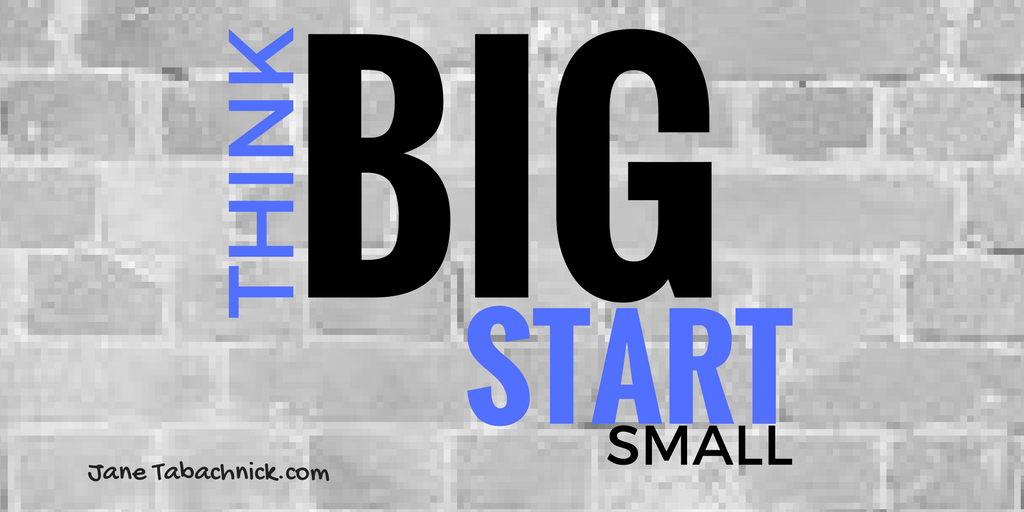
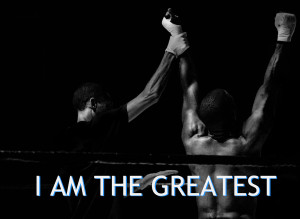

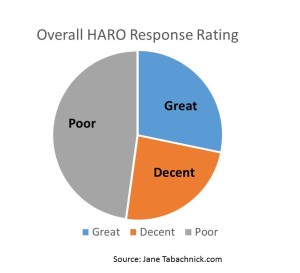
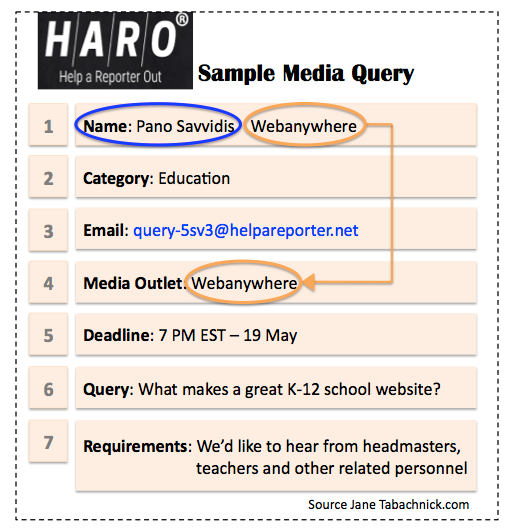
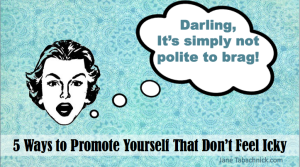 Mom used to tell me it’s not polite to brag.
Mom used to tell me it’s not polite to brag.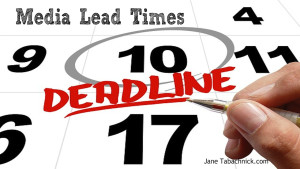
 Part of the key to successfully pitching publications on a story, a product launch, or an event is to work backward from your event date.
Part of the key to successfully pitching publications on a story, a product launch, or an event is to work backward from your event date.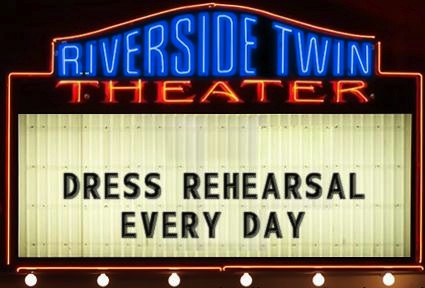

 When it comes to publicity, there are a few takeaways from the lottery that are worth considering. Getting publicity can feel like winning the lottery as it often comes with a lot of the positive attention and benefits. It can also create a cash windfall it that can help to attract more clients who now see you as a top expert who they are willing to pay top dollar to work with you.
When it comes to publicity, there are a few takeaways from the lottery that are worth considering. Getting publicity can feel like winning the lottery as it often comes with a lot of the positive attention and benefits. It can also create a cash windfall it that can help to attract more clients who now see you as a top expert who they are willing to pay top dollar to work with you.